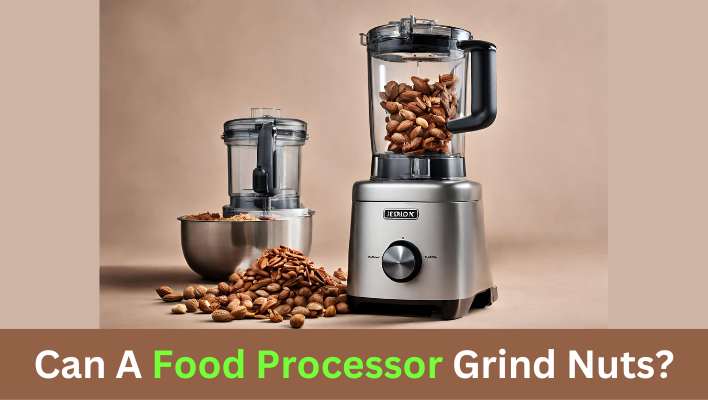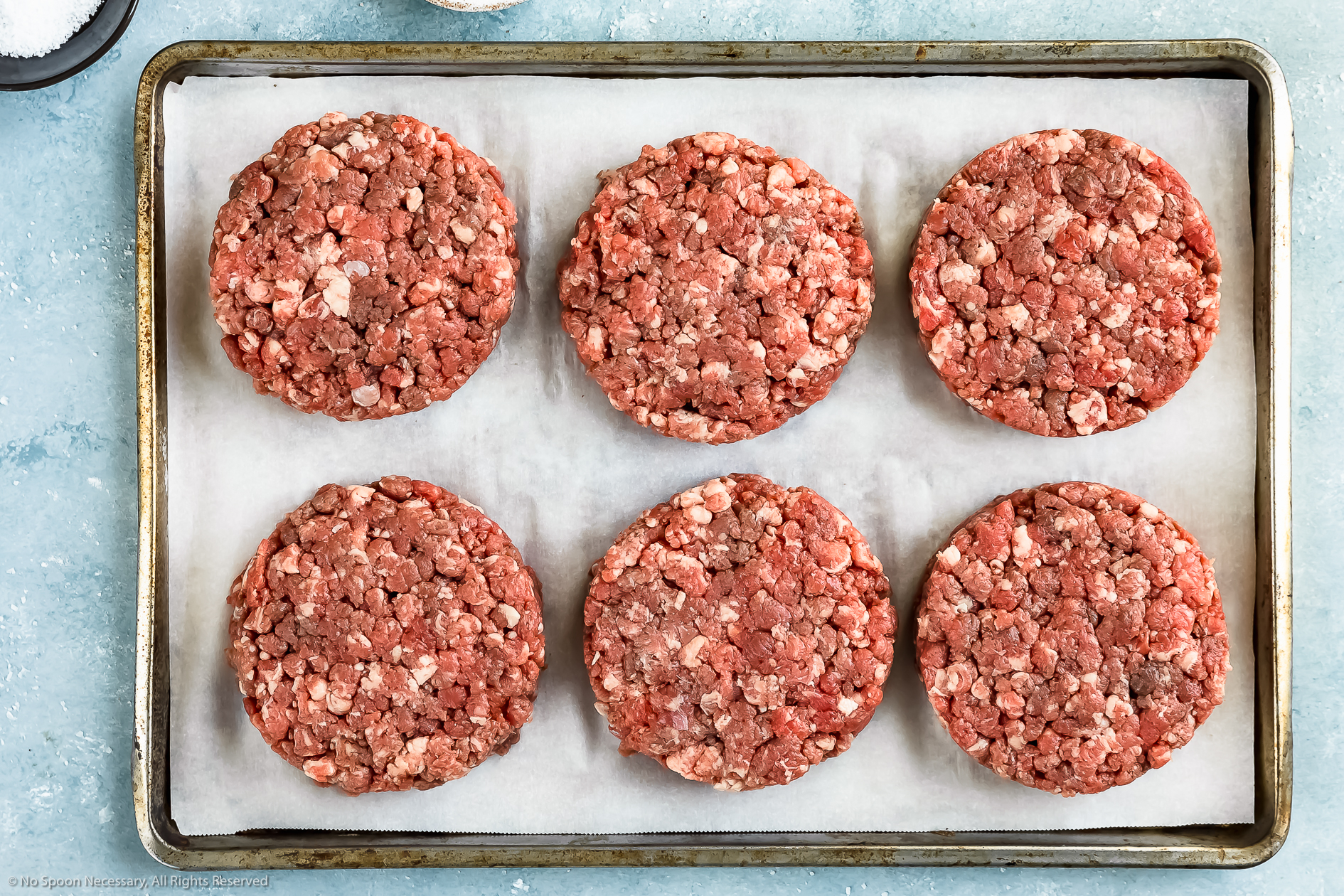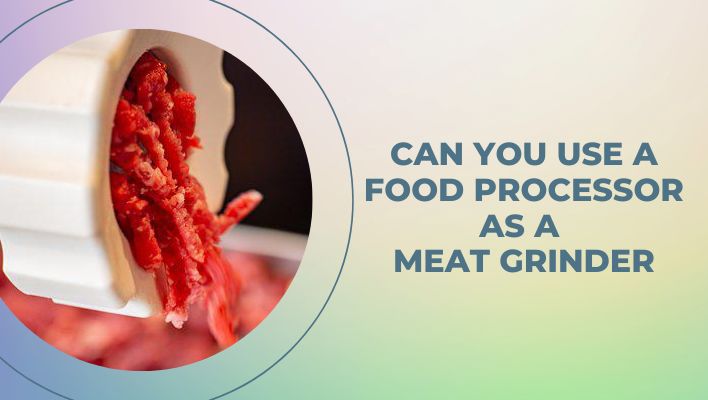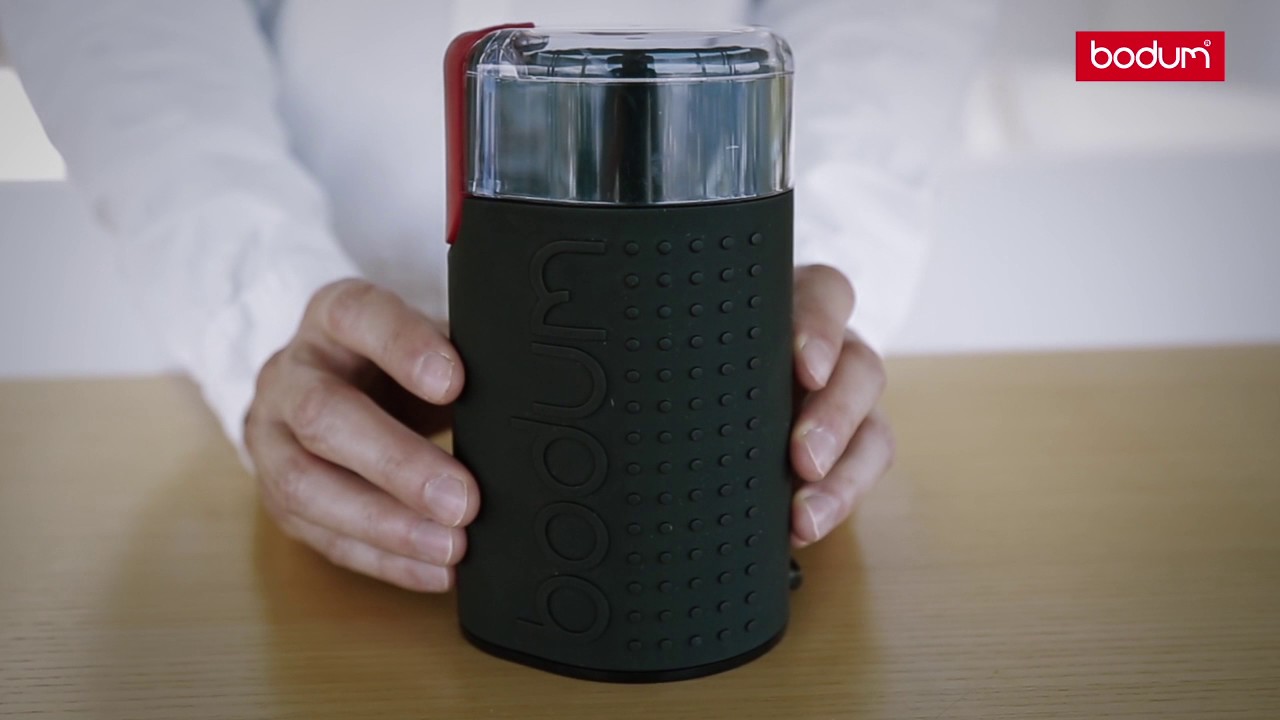From almond flour to cashew butter, ground nuts transform into delightful baking ingredients, flavor boosters, and tasty snack spreads. But not all processors can handle grinding oil-rich nuts into fine powders or smooth nut butter.
This article explores whether standard food processors can grind nuts, which features optimize success, techniques for improving outcomes, and alternative appliances better suited for heavy-duty nut processing.
How Food Processors Operate
Understanding if food processors grind nuts effectively first requires examining how they work:
- Sharp stainless steel blade spins rapidly mounted at base of bowl
- Contents fall towards continuously slicing/mixing blades
- Ingredients processed depend on settings, speeds, attachments used
- Open bowl design allows adding ingredients during operation
This makes processors convenient for quick chopping, mixing and pureeing. But limitations around maintaining momentum and bowl access impact grinding success.
Read Also: Can I Use Food Processor To Grind Meat
Grinding Challenges for Food Processors
Common food processor pitfalls make grinding nuts to fine textures difficult including:
- Nuts sticky oils clog and gum up blades
- Feed tubes too narrow for required nut volumes
- Open bowl allows ingredients to escape before fully ground
- Bases struggle generating torque for tough ingredients
- Small capacities process limited batches
While their slicing blades shear some nuts into smaller crumbled pieces, processors often stall producing silky smooth nut butter or super fine almond meal many recipes require.
Best Nuts for Food Processor Grinding
Because some nuts hold up better than others in food processors, focusing grinding efforts on thinner shelled or lower oil options improves success:
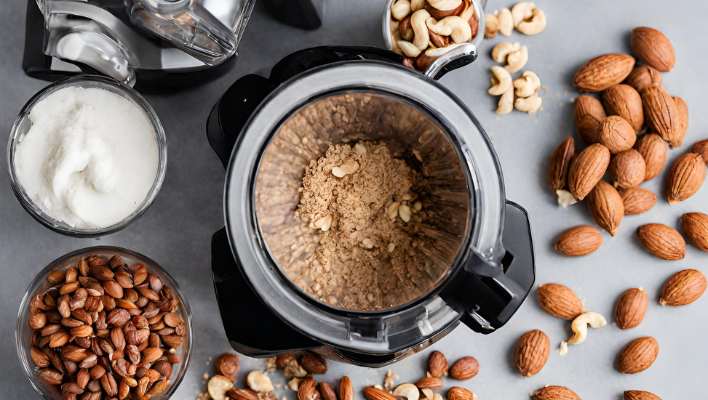
- Almonds – Medium oil content, thin skins
- Cashews – Lower oil than most nuts, softer than almonds
- Pistachios – Thin shells slice easily if removed first
- Pecans, Walnuts – Try chopping only due to oil content
Keep nut pieces uniform pre-processing for most efficient grinding. Avoid super high fat nuts like macadamias or brazil nuts in processors.
Techniques for Grinding Nuts
If attempting nut grinding, certain techniques and workarounds aid food processors:
- Use short pulses, allowing resting between
- Add dry thickening agent like oats if making nut butter
- Process very small batches of 1-2 cups
- Let completely cool if nuts toasted before grinding
- Upgrade to higher watt processor if possible
Preparing nuts properly before loading feed tubes can also help food processors grind what small volumes they handle.
Equipment for Optimal Nut Grinding
For efficient, large-scale nut grinding into ultra fine powders or lusciously smooth spreads, these appliances perform best:
Blenders
- Countertop blenders better pulverize oil-rich nuts into flour
- Pitchers accommodate greater volumes than processors
- Tampers allow pushing nuts closer to blades
Coffee Grinders
- Blades and speeds designed specifically for small seeds
- Pulse quickly generates nut flours and meals
- Measurements sometimes less precise
Food Mills
- Mashing plates effectively grind soaked and cooked nuts
- Efficiently separates nut solids from liquids when straining
The right tool equipped for the specifics of grinding dry or wet nuts saves frustration and improves results.
Storing Ground Nuts Properly
Preserving the freshness of newly ground nut flours or butters requires:
- Refrigerating perishable nut butters immediately
- Freezing nut flours if not using soon
- Vacuum sealing storage bags
- Ensuring containers are airtight
- Watching for rancidity signs like smell or taste changes
With vigilance, homemade ground nuts bring joyful flavor to recipes for months.
What is the best way to grind nuts?

There are a few different ways to grind nuts, and the best way will depend on what type of nuts you are using and what you plan to use the ground nuts for. If you are using hard nuts, like walnuts or pecans, the best way to grind them is in a food processor. You can also use a coffee grinder, but you will need to clean it out thoroughly afterwards to avoid your coffee tasting like nuts.
If you are using softer nuts, like almonds or hazelnuts, you can grind them in a food processor or a coffee grinder. You can also put them in a ziplock bag and smash them with a rolling pin. If you want to use ground nuts for a recipe that calls for a fine powder, like nut flour, you will need to use a coffee grinder or a food processor.
Read Also: Can The Ninja Food Processor Grind Coffee Beans?
If you are using ground nuts for a recipe that doesn’t require a fine powder, like nut butter, you can use a food processor, a coffee grinder, or a blender. Whichever method you choose, make sure to start with whole, unsalted nuts and grind them in small batches so that they don’t heat up and release their oils.
How to grind nuts without a food processor
If you’ve ever found yourself in a situation where you need to grind nuts but don’t have a food processor on hand, don’t worry! There are several methods you can use to get the job done. One way is to use a coffee grinder.
Simply place the nuts in the grinder and pulse until they’re the desired consistency. Just be sure to clean the grinder well afterwards, as nuts can leave behind an oily residue. Another option is to use a mortar and pestle.
This will take a bit more elbow grease, but it’s still doable. Place the nuts in the mortar and use the pestle to grind them into a powder or paste. If you don’t have either of these items, you can also use a Ziploc bag and a rolling pin.
Read Also: Can A Food Processor Grind Rice?
Simply place the nuts in the bag and seal it shut. Then, use the rolling pin to crush the nuts until they’re the right consistency. No matter which method you choose, grinding nuts without a food processor is possible!
How to grind nuts into powder
If you’re looking to make your nut powder, the process is pretty simple. All you need is a food processor and some patience. Start by pulsing the nuts in the food processor until they’re roughly chopped.
Then, turn the processor on and let it run until the nuts are finely ground. Be careful not to overdo it, or you’ll end up with nut butter instead of powder. Once you’ve achieved the desired consistency, transfer the powder to an airtight container and store it in the fridge.
It should be kept for several months. There are endless uses for nut powder. You can add it to smoothies or oatmeal for a nutritional boost, or use it as a replacement for flour in baking recipes.
You can even use it as a natural thickener for soups or sauces. Get creative and see what you can come up with!
Can you grind nuts in a blender?
If you want to grind nuts in a blender, it is possible, but you need to make sure that you have a powerful blender. If you have a powerful blender, you will need to put the nuts into the blender and grind them on a high setting. If you don’t have a powerful blender, you might want to consider using a food processor instead.
Read Also: How To Use A Baby Food Grinder?
How to grind nuts in a blender
Assuming you would like a blog post on how to grind nuts in a blender: First, you need to gather your ingredients. You will need a cup of nuts, a blender, and water.
You will also need a bowl and a spoon to remove the ground nuts from the blender. Next, add the cup of nuts and 1/4 cup of water to the blender. Blend on high until the nuts are completely ground.
Once the nuts are ground, spoon them into a bowl and enjoy! You can add them to recipes or eat them as is. Ground nuts are a great way to add protein and flavour to recipes.
They can be used in place of flour to thicken sauces or added to smoothies for an extra boost. Get creative and experiment to find your favourite way to use ground nuts!
Read Also: Can You Grind Almonds In A Food Processor
FAQs
Can food processors make peanut butter?
Yes, but the high fat content makes achieving a smooth consistency difficult. Adding a bit of oil helps food processors be more effective grinding peanut butter.
What setting to use for almond flour?
Use short 1-5 second pulsing intervals on higher speed settings. Let cool completely between pulses to avoid overheating.
